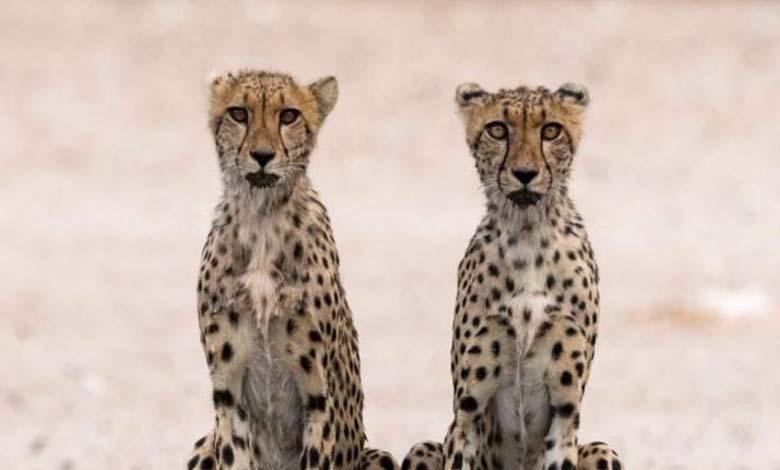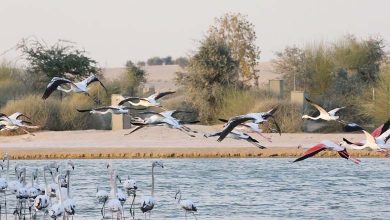The world’s fastest land animal is facing extinction… Why?

Despite the legendary speed of this elusive feline, it can’t save itself from the impacts of climate change.
Since 1975, the number of cheetahs has significantly declined from 14,000 to around 7,000. If this trend continues, cheetahs will soon be extinct.
Cheetahs on the Verge of Extinction There are several theories about the evolution of the cheetah breed, including the common belief that cheetahs descend from the same lineage as the American puma (Puma concolor). Over the past 10,000 to 12,000 years, many large mammal species around the world have faced extinction, especially the wild cheetahs in North America and Europe.
Consequently, only the Asian and African cheetah groups remain. Since then, these cheetahs have faced pressure due to climate change, habitat loss, and human activities. In the early 19th century, estimates indicated that more than 100,000 cheetahs lived in Africa, the Middle East, and other parts of Asia. Today, cheetahs are present in the wild in several locations in Africa, along with a small group of other breeds, especially the Asiatic cheetah in Iran.
In this regard, scientists estimate that less than 8,000 African cheetahs currently live in the wild, with possibly fewer than 50 remaining Asiatic cheetahs worldwide. These figures reflect an overall decrease of about 50% over the past four decades, leading to a significant reduction in the historical range of this species.
From this perspective, some researchers fear that the world’s fastest land animal is in danger, with only fewer than 7,000 cheetahs remaining. Consequently, cheetahs have been classified as endangered, listed on the International Union for Conservation of Nature (IUCN) Red List, and listed as ‘endangered’ under the Endangered Species Act in the United States by the U.S. Fish and Wildlife Service.
Climate Change Effects on the Cheetah Breed Climate change poses a significant threat to all wild animals as it accelerates environmental change and puts increasing pressure on individuals and animals. With ongoing carbon emissions, days become hotter and longer periods of drought, making these areas unsuitable for many plants and creatures, essentially leading to the extinction of numerous animal species, including cheetahs.
Climate change’s ramifications specifically affect the life of cheetahs, especially with the daily temperature rising to nearly 45 degrees Celsius (113 degrees Fahrenheit). Consequently, cheetahs become more active at night and turn to hunting during the cooler hours away from the daytime heat – increasing overlapping hunting hours with the large competing lions by 16%. They are specialized hunters and need large, open ranges to pounce on their prey.
With climate change and human encroachment on more lands, cheetahs lose more of their habitat and food sources. Moreover, the conflict between wildlife and humanity persists, with farmers killing cheetahs that attack their livestock for food, alongside illegal cheetah trading, challenging the survival of this breed. While all these issues threaten the cheetah breed, climate change can completely eliminate their habitat.
Consequently, if no measures are taken to address the root causes of climate change, the world will face a rapid and extensive extinction of many cheetahs and other wild animals.
How to Mitigate Climate Change Impacts Habitat loss and fragmentation are among the main threats to the cheetah breed. The current conservation doctrine confirms that most natural reserves are not large enough to sustain viable cheetah populations. Cheetah movement is vast and particularly vulnerable to competition from other predator species.
Therefore, finding solutions to mitigate environmental impact can help preserve what remains of the cheetah breed. On an individual and communal level, steps need to be taken to protect the environment. This change must be global. Therefore, major companies should determine how to reduce their carbon footprint by supporting more intelligent, eco-friendly, and efficient factories, prioritizing waste reduction, water flow, pollution, and environmental exploitation.












